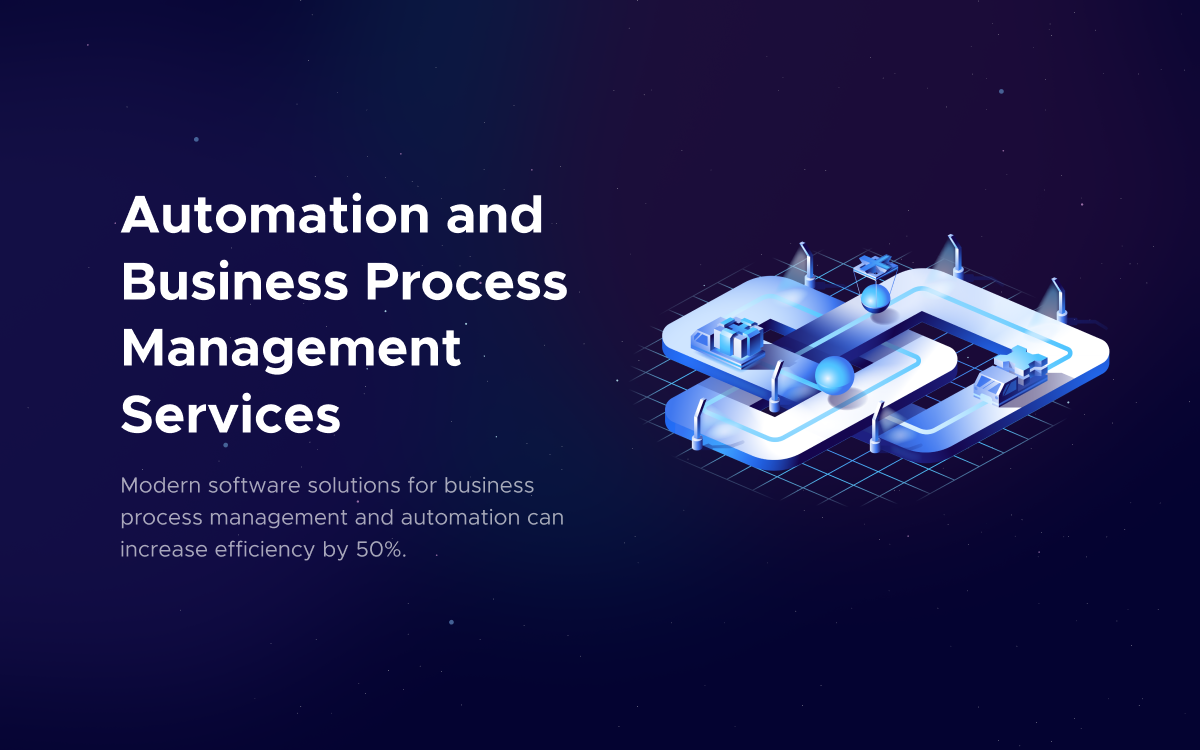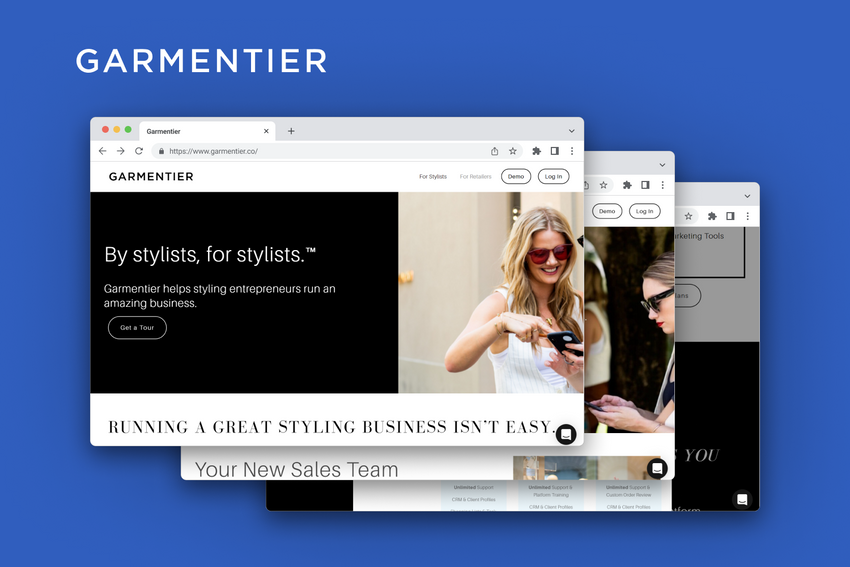The Impact of COVID-19 on White-Collar Workers
How the coronavirus pandemic changed the routine of office workers forever.
Could we ever imagine that the pandemic of 2020 will give a global push to remote, and the way we work will never be the same? Starting from the steam engine revolution, people tried to multiply the work effectiveness by adopting new technologies and labour optimisation. Firstly, steam power was gradually replaced by electricity, then first machines allowed to automate goods manufacturing and highly increased human productivity. The invention of PCs solved the problem of endless paperwork and unclear data storing, and finally global adoption of the Internet took work communications and management to a completely new level. Almost for 20 years the labour market didn’t go through significant changes, and now this time has finally come. Right now Covid-19 is forever reshaping the office routine giving us a good chance to raise the global work efficiency. But business owners should be aware of the hidden negative effects of these changes, that have already started to influence the labour market, and the best possible ways to overcome them.
Positive Economic Changes
Speaking about changes in working routine, it's hard to neglect their positive results. First of all, people now have more freedom in their schedule: they decide upon lunch, short breaks and the time they finish their working day. Plus, they have fewer stressful situations and distractions at work and can fully concentrate on their duties. According to the survey, almost 85% of the responders mark the improvement in their work efficiency due to these factors, and this obviously adds to companies’ wealth.

Another positive aspect is that people became wealthier due to the pandemic: they cut costs on transport, office lunches and other work-related things and started to spend this money on personal needs. Among such is an increased need in using technologies to have a full life: people not only buy new laptops or keyboards, they also shop online, watch more TV, ads, use telemedicine and do everything online. This contributes a lot to the world economy, especially such industries as ecommerce, IT, healthcare and entertainment, raising the quality of life and the rate of people's satisfaction globally.
Remote Work: Two Sides of the Same Coin
There are also numerous negative results of the remote trend that have even greater influence on the labour market and economy than the positive ones. Now it’s time for the companies’ managers and CEOs to pay attention to them and take some measures to be in control of the situation.
Firstly, remote work makes it difficult for colleagues to communicate and understand each other. Thus, a company's tactical and strategic goals easily become ambiguous, and it takes more time to reach them. According to the survey conducted by Harvard Business School, it became harder for the managers to coordinate workers and estimate their personal contribution to the company’s wealth. As a result, there is a lack of initiatives and fresh ideas from the employees.
Remote work also means more time spent at home, leading to restoring of family ties and changing of employees’ priorities. Now, personal comfort and family relationships are becoming the major values for people. Plus, as workers have more free time, they get the chance to look for better opportunities or choose another path in life. According to McKinsey, in the next two years we will see global workforce redistribution. People will change their job at much higher rates than before. At the same time, they will need more skills to shift to a better-paid job, that’s why an increase in high-paid jobs and a decrease in low-paid jobs are expected. Nevertheless, while people are looking for the job which makes them happier, CEOs should think of the employee retention right now.

And the most problematic aspect here is that companies are ready to return to the offline mode while employees are not, and there is a big clash between them. People don’t want the old routine to come back, but at the same time they don’t really know what they want: how many days per week they are ready to work from the office and how many from home. This is a period of ambiguity, when new working traditions are just starting to settle. Experts say that industries that require on-site and close people communication, such as medical and personal care, leisure, travel and on-site customer interaction will be most affected by post-Covid changes, but the other domains will be affected too.
How To Win This Game
So what companies can do to overcome these challenges, and is there really any treatment? As usual, there is no general rule or panacea, but we collected the best expert’s advice from McKinsey consultants and Harvard Business School professors that can help companies’ management to go through the hard times.
Have a sincere talk with your employees. Discuss everything openly: new working environment, preferable schedule, social activities, models of communication and reports, the system of bonuses etc. Ask directly how workers feel about working from home, raising questions that matter and trying to get honest answers on them. Pretending like nothing special is going on isn’t a good strategy because as soon as your workers feel neglected they will start looking for a job change. At the same time, be patient and don’t wait for quick results: this process can take years to finally settle. But you need to test different working models and arrange dozens of surveys during this time in order to choose the best possible option for your business.
Set up new best practices to follow. When you have all the answers collected, start to develop an action plan. Decide what new successful traditions should be settled and what old ones should be forgotten, redesign your on-site working space to fit the new priorities, create alternative ways of keeping in touch with the remote workers, design a new system of bonuses and reporting, and make sure everybody gets clear what’s going on. Here comes the simple rule: the more information you give and the more feedback you get, the higher is the chance that everybody will get you right. It’s good to arrange presentations and off-line meet-ups about new best practises of the company.
Don’t use the symbols connected with the past. If you settle a new corporate culture and working model, don’t mix them up with the old ones. Firstly, this can confuse your employees, secondly, this will remind them of the past and make your workers feel that the company is lagging behind. It’s good to choose the old practises that should stay, for example, team buildings, corporate holidays and other social activities, but that’s it. In all the other fields, try to keep up with the new practises: this will help you retain workers, keeping them comfortable and giving them a feeling of positive changes in the company.
Upgrade your technological and software base. Being ready for the positive changes means that you have all the infrastructure for them. Shifting to a hybrid or completely remote working model will affect work efficiency badly in the long term if you don't have state-of-the-art equipment on site, smart management system and sharp software base, customised to your company’s needs. Audit your software, check its operability, ask your employees how convenient and smart it is. It’s good to consult with specialists and decide which systems can be left, which ones are better to replace, and what programs probably should be written from scratch. If you need expert advice, we are always happy to help you.
Of course, no one knows for sure what the labour market will look like in 10 years and what actions to take for a 100% success. But these recommendations can help you hear the voice of your employees, retain them in the company, and make the ongoing changes positive.

Need Help With A Project?
Drop us a line, let’s arrange a discussion















